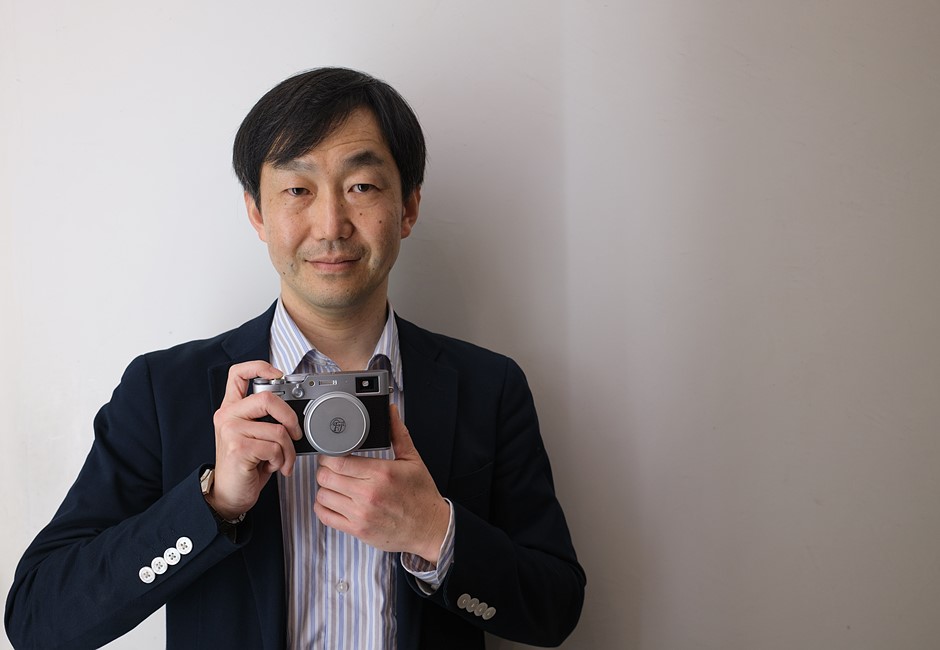Ricohflex I'm sorry I have to debunk fullframe cameras because times have changed or rather the truth has been ignored by camera companies because of business agendas. The truth of the matter is that since the days of 35mm film days it's the fullframe lenses that the camera companies have developed for professional use that has kept companies from developing apsc lenses and the purposely limit them just to promote fullframe. They only need to port the fullframe design to digital. The main complaint of APSC users is the lack of suitable lenses. But not m43 which have designed the complete range for professional use.
Fullframe myths:
1. Better quality image, mainly the noise level in low light scenes. The myth is "bigger sensors" have lower noise than crop or apsc or m43 sensor. This was valid when digital cameras begin to replace film cameras ( not that film cameras are worst ) but to convince people to switch to digital they intentionally design to mimic the look of film but as time went on until today camera companies try the sell digital cameras by putting more pixels or resolution into the sensor.
2. Resolution: The myth is with high resolution there is more details to be seen. This is true to the extent that it allows the photo to be cropped to the same level as apsc like bird and wildlife, sports action. But in realty there is a compromise and that is if you want high resolution then dynamic range takes a hit!
3. Since the fullframe range of lenses are already developed, camera companies purposely limit the number of APSC lenses to persuade or push photographers to fullframe because to cater to professionals
It makes sense for camera companies to save R&D on APSC lenses. So it's the classic economies of scale in practice.
4. The real determinant of low light performance is actually PIXEL SIZE not resolution. There is a sweet spot between megapixels and image quality. Because there is a trade off which I will explain later camera companies have always MAINTAINED for fullframe which is high resolution between 45mp - 61mp and 24mp for entry level fullframe!
Now think for a moment, why have sports/action cameras is a "low" resolution of around 20mp.? It's because of pixel size. Eg. Nikon D5, D6, Canon 1dx series. The bigger the pixel or light bucket or well the more light it can gather or take in. And yes the myth of bigger sensor / fullframe is perpetuated when it is completely false!
Let's deal with the science, now because we are talking about equivalent area ( mm square ) of light gathering capability there is a factor to calculate between fullframe and crop sensor. It's roughly for FF to APSC is 2.25 ( 1.5 crop ) or 2.36 for canon ( 1.6 crop ) or 2 for m43.
Now m43 users are clamouring for higher resolution citing 26mp Panasonic sensor or the Sony announced 40mp sensor but do they know what's the equivalent 20mp sensor of OMDS in fullframe terms? Well 20mp multiply by 2 is 40mp fullframe!!! So now you know why OMDS does not want to go higher. There is a limit to light gathering and dynamic range vs resolution for a small sensor. It's engineering compromise. ( Actually, since ff is 4X of m43 it should be 80mp. )
Let's calculate Sony 61mp fullframe equivalent APSC sensor size which is 61 divided by 2.25 = 27.1! Now do you understand why APSC sensor sweet spot is 24 - 26mp! Because if you zoom in 200% both fullframe and APSC have the same resolution or detail.

Now for the shocker Fujifilm APSC equivalent of fullframe , 40 x 2.25 = 90 mp. Fullframe equivalent!

Now can you understand why Om series cameras can do 80mp. HDR high Res photo because it is usually interpolated 2X since m43 20mp is equivalent to 40mp fullframe! ( I'm not sure how high Res is done, interpolation is not correct as it cannot provide detail when it's not available there in the first place but more multiple bracketed exposures. )
5. Other factors like SNR ( signal to noise ratio , how raw file is processed ) better firmware is usually put into flagship cameras so APSC cameras cannot compete with higher end cameras, again intentionally by camera companies.
6. Lenses and camera design.
This is the video that is false marketing. Sony a74 file not pushed to equivalent of a7s3. print size. Note: 12mp pixel size is 8.4 microns and 61mp is 5 times smaller or 5X less light gathering capability so how to have better dynamic range even with better firmware. Let's not talk about medium format.
 www.43rumors.com
www.43rumors.com
 www.43rumors.com
www.43rumors.com



